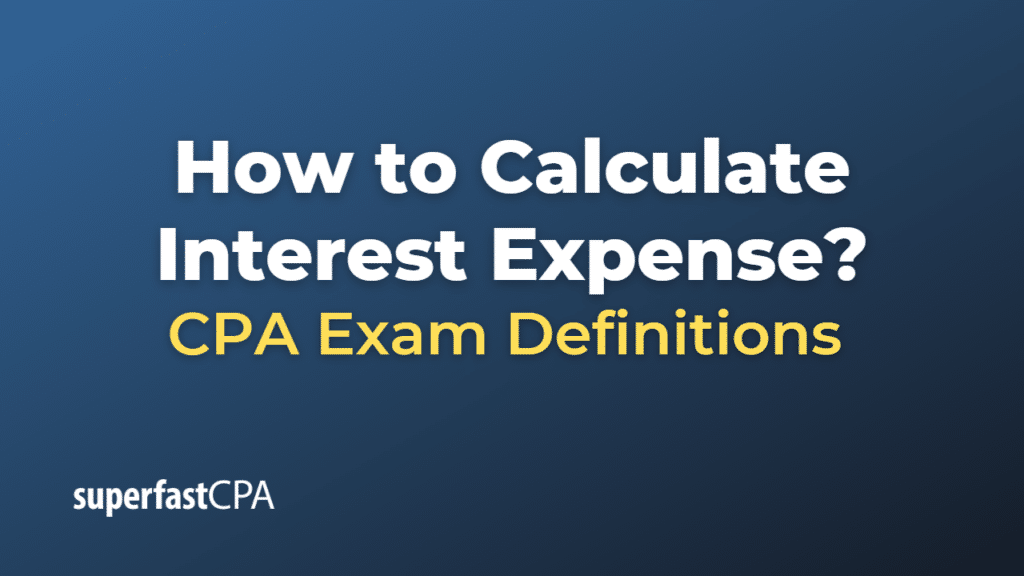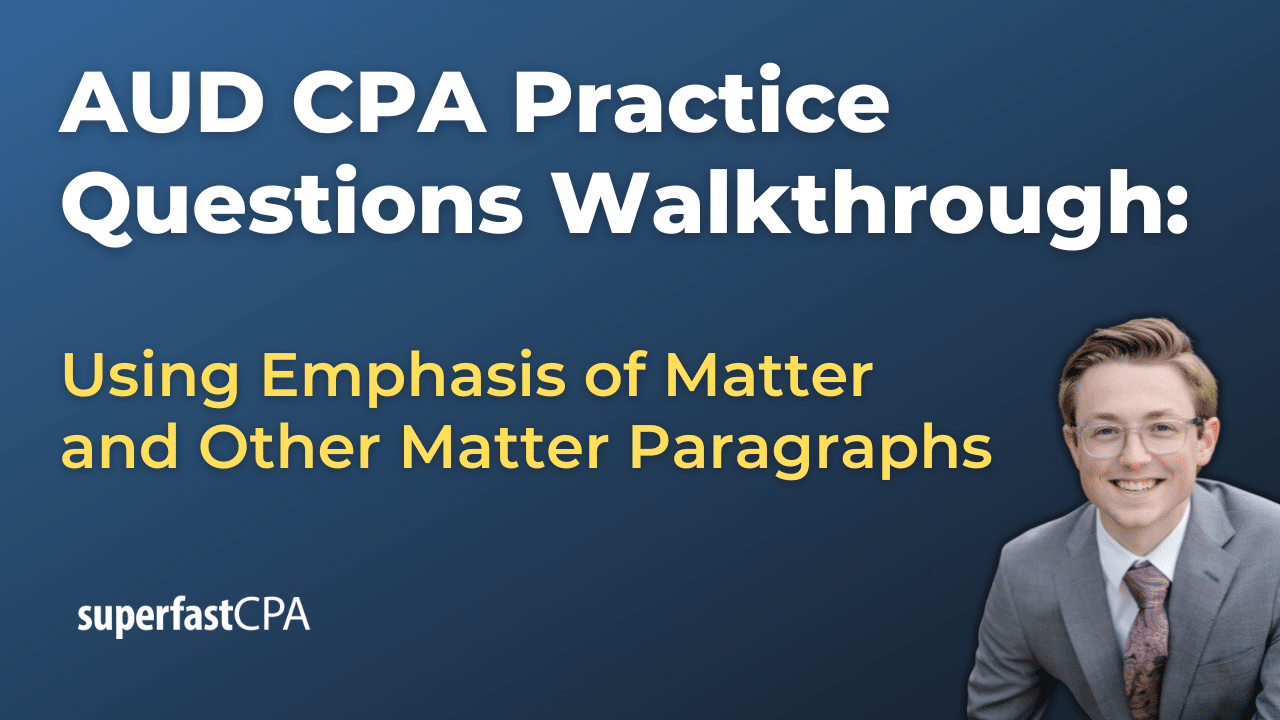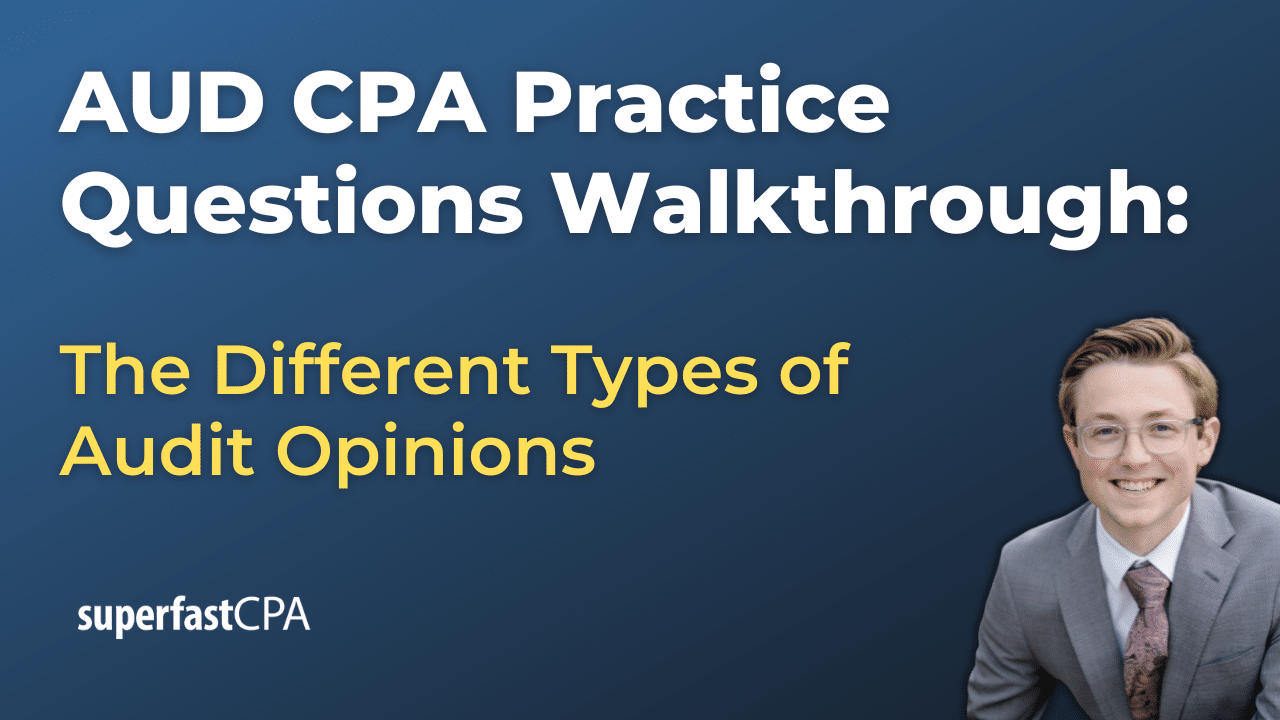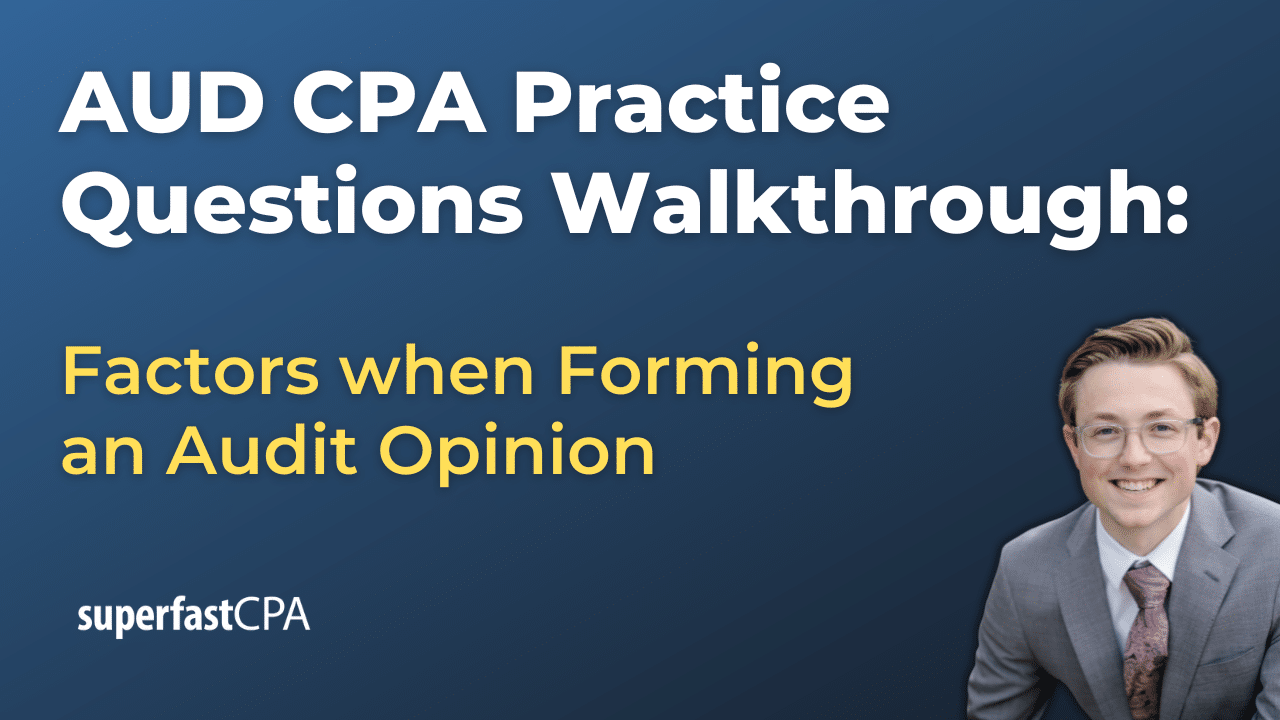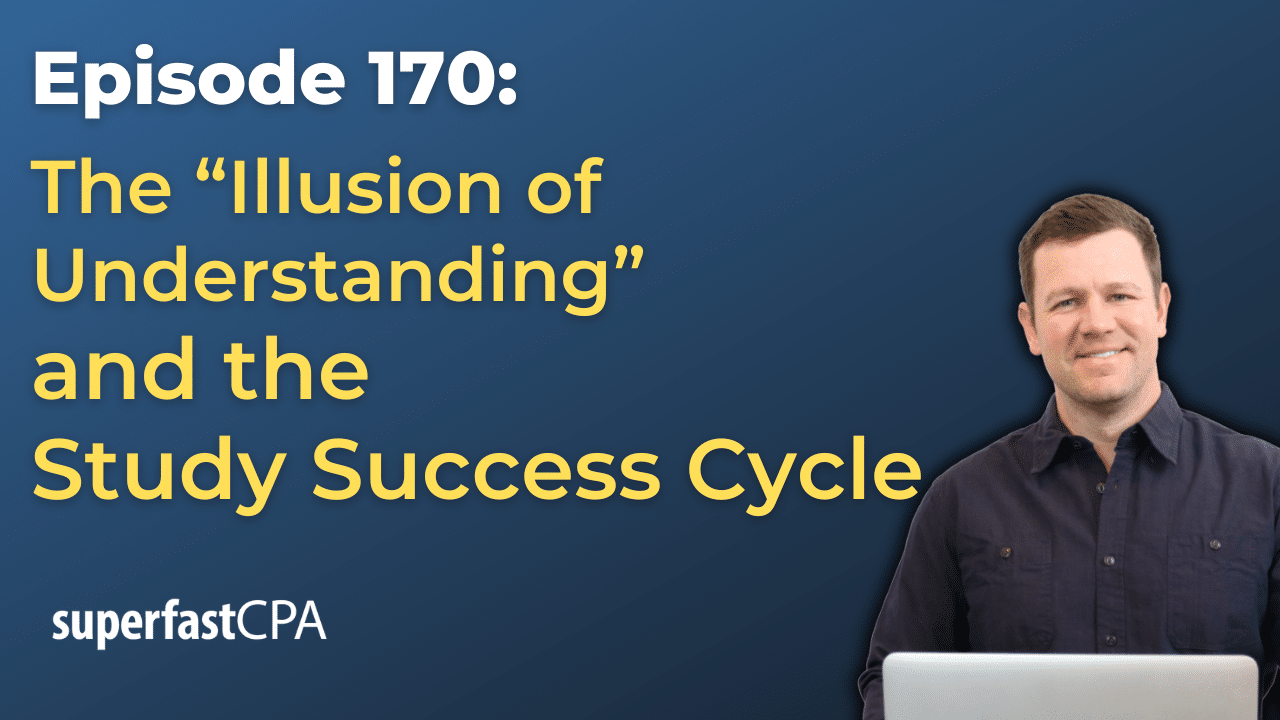How to Calculate Interest Expense
Interest expense is the cost incurred by an entity for borrowed funds. It can be calculated with the following formula:
Interest Expense = Principal Amount x Interest Rate x Time
Here’s a breakdown of what the terms in this formula mean:
- Principal Amount: This is the initial size of the loan or the amount of money borrowed.
- Interest Rate: This is the percentage of the principal amount that’s being charged as interest for a specific period. The rate is usually given as an annual figure, known as the annual percentage rate (APR).
- Time: This is the time period for which the money is borrowed. This is usually expressed in years or a portion thereof.
Let’s take an example:
Suppose a business takes a loan of $20,000 from a bank at an annual interest rate of 5%. The loan is for a period of 1 year.
Here’s how you calculate the interest expense:
Interest Expense = Principal Amount x Interest Rate x Time
Interest Expense = $20,000 x 5/100 x 1
Interest Expense = $1,000
So, the interest expense that the business will have to record for this loan for the first year is $1,000.
Please note that the formula above assumes simple interest. If the loan is subject to compound interest, the calculation will be more complex as the interest is calculated on the initial principal and the accumulated interest of previous periods of a deposit or loan. For calculating compound interest, you’d typically need the specifics of the compounding period (e.g., annually, semi-annually, quarterly, monthly, etc.).
Example of How to Calculate Interest Expense
Suppose a business borrows $50,000 from a bank at an annual interest rate of 6%. The loan term is for a period of 3 years.
Now, if the interest is charged annually (simple interest), the interest expense for each year can be calculated as follows:
Interest Expense = Principal Amount x Interest Rate x Time
Interest Expense = $50,000 x 6/100 x 1 (for each year)
Interest Expense = $3,000 per year
Therefore, the business will have an interest expense of $3,000 each year for 3 years.
Now, if this loan were subject to compound interest, the calculation would become more complex, and it would require information about the specifics of the compounding period (e.g., annually, semi-annually, quarterly, monthly, etc.).
For example, if the interest is compounded annually (meaning the interest is added to the principal each year, and then the next year’s interest is calculated based on this new total), then the calculation for each year would be as follows:
1st year:
Interest Expense = $50,000 x 6/100 = $3,000
2nd year:
Principal for 2nd year = Original Principal + 1st Year Interest = $50,000 + $3,000 = $53,000
Interest Expense = $53,000 x 6/100 = $3,180
3rd year:
Principal for 3rd year = Principal for 2nd year + 2nd Year Interest = $53,000 + $3,180 = $56,180
Interest Expense = $56,180 x 6/100 = $3,370.80
Please note, however, that the example above illustrates annual compounding. If interest were compounded more frequently, like monthly or quarterly, the formula would need to take this into account.

